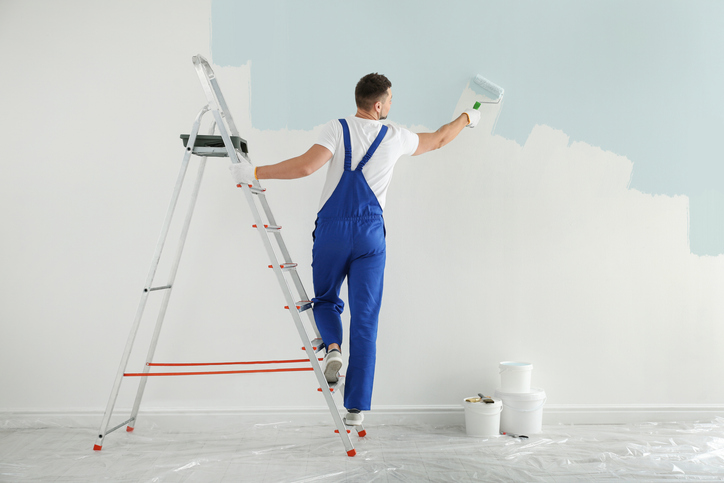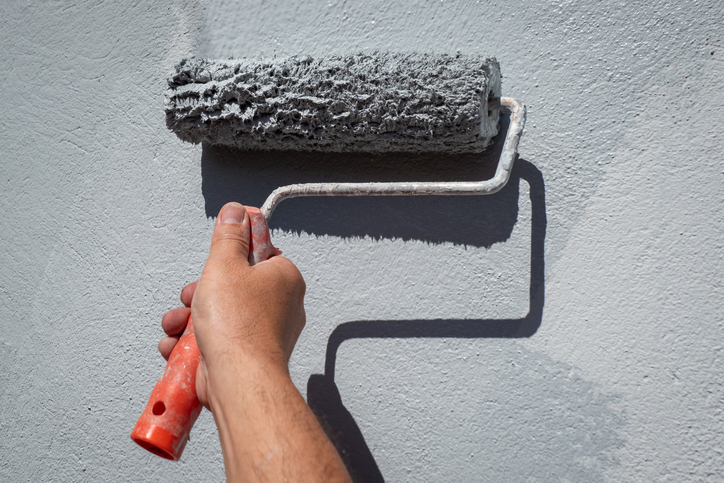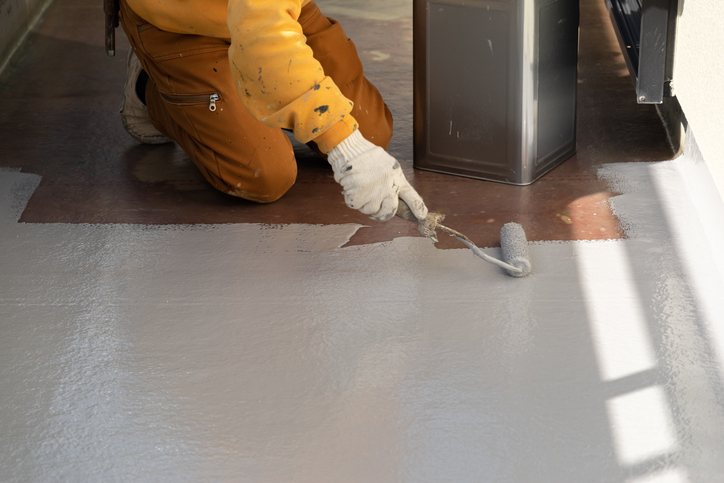Introduction
Weather plays a significant role in planning any exterior residential painting project. Temperature, humidity, and precipitation directly impact paint application, drying time, and finish quality. Whether you’re painting a home’s exterior or refreshing interior trim near windows or doors, the climate can delay schedules and affect outcomes. Professional painters must consider seasonal changes to ensure optimal timing for residential painting services in Wesley Chapel FL. Understanding how weather influences project schedules helps homeowners plan more effectively. By coordinating with your painting contractor around weather conditions, you ensure better results and avoid costly redos.
1. Rain and Moisture Can Delay Outdoor Painting Projects
Rain is one of the most disruptive elements in exterior painting schedules. Wet surfaces prevent paint from adhering properly, leading to peeling or bubbling. Most professionals avoid painting 24–48 hours before and after rainfall. High moisture content in the wood or siding can trap water under the paint layer. It’s essential to allow surfaces to dry completely before resuming work.
2. Extreme Temperatures Compromise Paint Application
Paint performs best within a specific temperature range, often between 50°F and 85°F. Extreme heat can cause paint to dry too quickly, while cold temperatures prevent proper curing. In winter, even if the day is warm, overnight lows can affect how well paint bonds. Summer projects must be carefully timed to avoid direct sunlight during peak heat. Painters may need to work early in the day or late afternoon for ideal conditions.
3. Humidity Slows Drying and Affects Finish Quality
High humidity affects how fast paint dries and can result in a tacky or uneven finish. Moisture in the air interferes with paint’s curing process, especially with water-based products. During humid periods, extra drying time is necessary between coats. This extends project timelines and may require rescheduling to drier days. Monitoring daily humidity forecasts helps painting crews maintain quality results.
4. Seasonal Planning Helps Optimize Results and Availability
Spring and fall often provide the best conditions for residential painting due to moderate temperatures and lower humidity. However, these seasons are also peak times for contractors, leading to busier schedules. Planning your project months increases your chances of securing your preferred timeline. Weather patterns vary by region so that local painters can guide homeowners on the best seasonal windows. Proactive scheduling ensures better results and fewer interruptions.
Weather is more than just a backdrop to your residential painting project—it’s a determining factor in timing, quality, and durability. Rain, temperature extremes, humidity, and wind all affect how paint adheres and cures. Understanding how these elements impact scheduling helps you collaborate better with your painting contractor. By planning around optimal weather conditions, you extend the life and appearance of your paint job. Investing in the right timing ultimately protects your home’s beauty and value.
Conclusion
Don’t let weather delays disrupt your upgrades! For dependable cabinet refacing in Wesley Chapel FL, contact Noel Painting Services at (813) 406-3196 and transform your space with ease. Call us now!









